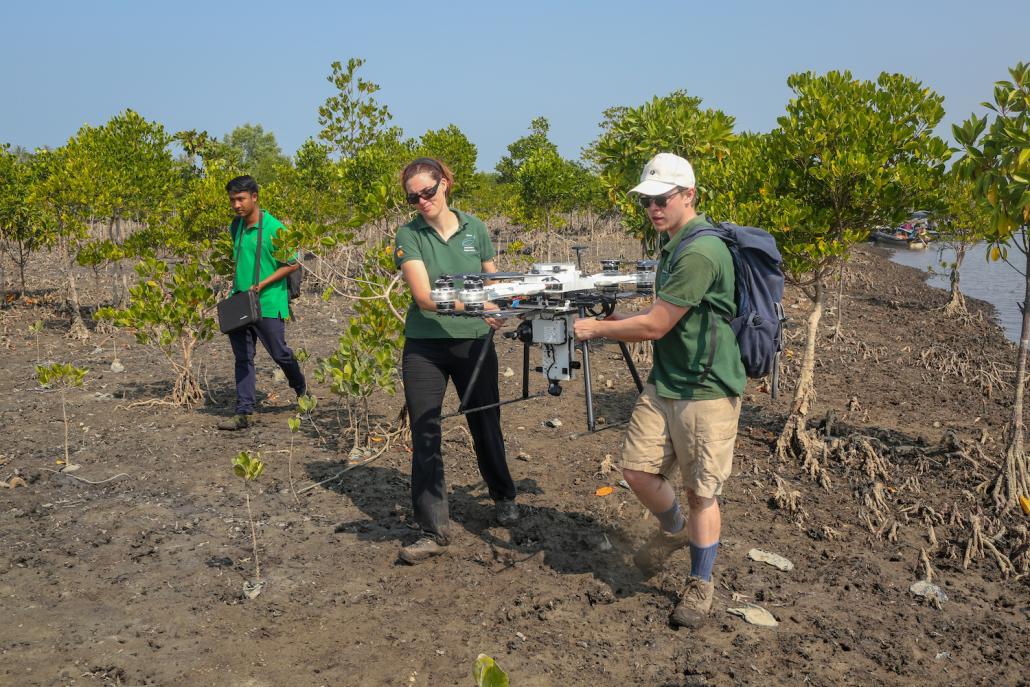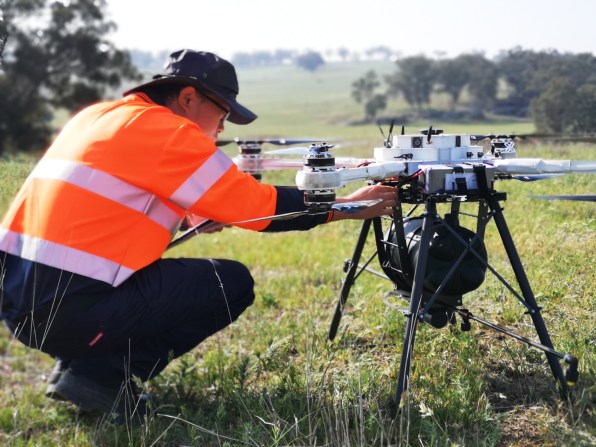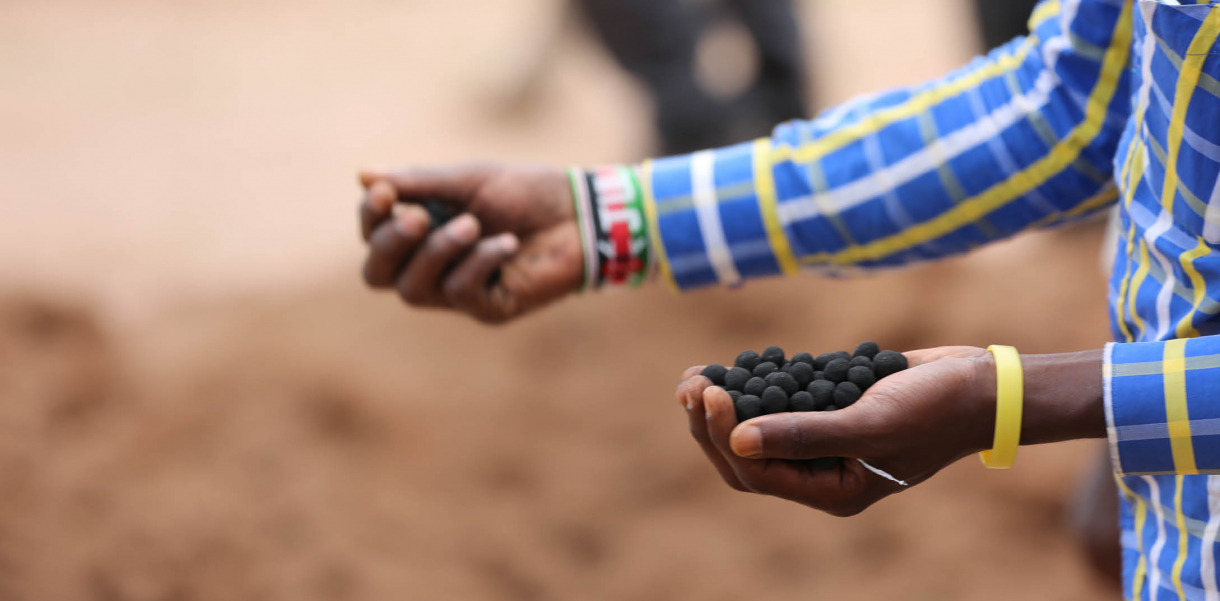
A major project is under way in Myanmar to restore coastal mangrove forests with the help of 10 drones capable of planting 400,000 trees in a day.
Drones help mangrove rehabilitation in Myanmar
While technology may be the greatest contributor to climate change, it could also soon be used to offset the damage we’ve done to our planet.
In September 2018, a project in Myanmar used drones to fire “seed missiles” into remote areas of the country where there were no trees. In under a year, thousands of those seed missiles have sprouted into 20-inch mangrove saplings that are a perfect example of how technology can be used to innovate our way out of the climate change crisis.
“We now have a case confirmed of what species we can plant and in what conditions,” Irina Fedorenko, cofounder of Biocarbon Engineering, the startup that makes the drones, told FastCompany.
The right combination of species and specific environmental conditions made the restoration work. “We are now ready to scale up our planting and replicate this success.”
Source: FastCompany

Over 6 million trees have been planted so far, with plans for another 4 million by the end of 2019
BioCarbon Engineering, who has also used drones to plant trees and grasses at abandoned mines in Australia and on sites in other parts of the world, is working with a nonprofit in Myanmar called Worldview International Foundation.
To date, the nonprofit has worked with villagers to plant trees by hand. The project began in 2012, after the government began opening the country’s borders to international business.
More than six million trees have been planted so far, and the nonprofit plans to plant another four million by the end of 2019. But it also recognises that humans can’t easily cover the amount of land that could potentially be restored.
However, just two operators working with 10 drones can theoretically plant 400,000 trees in a day.
The drones first fly over an area to map it, collecting data about the topography and soil condition that can be combined with satellite data and analysed to determine the best locations to plant each seed.
Then the drone fires biodegradable pods—filled with a germinated seed and nutrients—into the ground.
For the process to succeed in a mangrove forest, several conditions need to be right; if the tide comes in unexpectedly, for example, the seeds could wash away.
In tests, Biocarbon Engineering has looked at which species and environmental conditions perform best.
Biocarbon Engineering also wants to help people in the community continue to get higher-paid, more technical jobs. “We train local people to be drone pilots,” says Fedorenko.
“And they want that. They want to be in IT. They want to process data, they want to fly drones, they want to do agroforestry, they want to do regenerative agriculture, they want to create vertical farms . . . they want to do all this cool stuff. It’s not the ambition to be a seedling planter for $1 a day.”
Source: FastCompany

The trees can also earn revenue through carbon credits
Worldview International Foundation’s work has been validated so that it can sell carbon offsets to companies; that money comes back to the community and keeps the work going.
Biocarbon Engineering is now talking with brands that want to sponsor tree planting, so that when consumers make a purchase, a tree is planted. The drones could share data about specific trees with consumers.
“We can literally see every single tree and the leaves on the tree if we need to,” says Fedorenko. “It opens up this new market for people to see the connection with trees and to say, ‘Wow, this is my tree. I planted that.’”
Worldview International Foundation also works with farmers in India to restore forests in mountains, and in Sri Lanka.
Ultimately, drones could help support much more massive tree planting, which would have a significant impact on climate change: researchers recently calculated that there is enough room to plant another 1.2 trillion trees, which could suck up more carbon each year than humans emit.
Source: FastCompany

COULD ‘SEEDBALLS’ HELP REVERSE KENYA’S DEFORESTATION CRISIS?
Kenya is estimated to be cutting down 5.6 million trees and shrubs a year, and deforestation is turning much of the country into a dustbowl. Teddy Kinyanjui, co-founder of Seedballs Kenya, may have found a solution: seedballs! One seedball has the potential to grow another million trees if it becomes a mother tree in an area that’s been over-exploited and very degraded. Learn more.
Join WorldView International Foundation in planting one billion mangrove trees
In support of UN Paris Climate Agreement and UN Sustainable Development Goals: A dawn of hope for our fragile planet. Like all plants and trees, the mangroves captures CO2 from the atmosphere. But what makes the Mangrove so special is that it captures more CO2 than any other tree on the planet. It captures up to 5 times more than what is known as “the green lungs of our Planet”, the Rain forest. Join WorldView International Foundation in planting one billion mangrove trees.